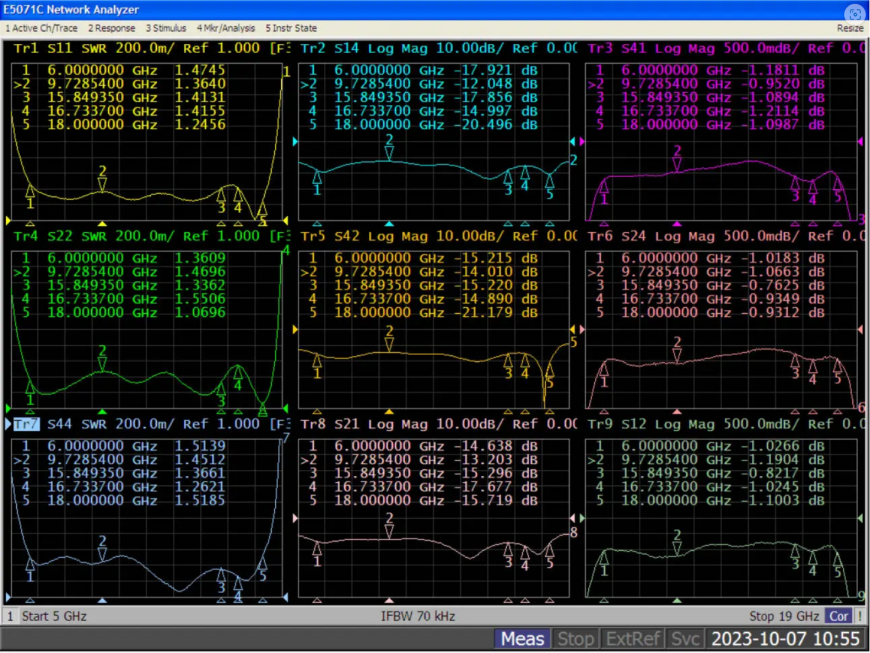Typical Microstrip Isolator
S Band, C Band, X Band, Ku Band, K Band, Ka Band (2GHz-40GHz)
The primary advantage of microstrip Isolators is their compact size, although they have a lower
power handling capacity compared to drop-in coaxial waveguide Isolator. Customization of frequency bands,
dimensions and ports is available according to your requirements.
Product Details
Characteristics and Applications
The Typical Microstrip Isolator is a crucial component in RF and microwave systems, providing essential
signal isolation and protection against unwanted reflections. Its compact design and high isolation
performance make it well-suited for integration into various communication systems, radar systems, and test
equipment. The isolator's robust construction and reliable performance ensure efficient signal transmission
while safeguarding sensitive components from potential damage. With a focus on high-quality materials and
precision engineering, the Typical Microstrip Isolator delivers exceptional performance and reliability in
demanding RF and microwave applications.
Key Features & Advantages
- High Performance Isolation & Low Insertion Loss:
- High Isolation: Effectively blocks reverse signals, typically offering better than 20dB isolation, ensuring source stability.
- Low Insertion Loss: Exhibits very low loss in the forward path (typically <0.5dB), minimizing signal energy loss.
- Compact & Lightweight Design:Utilizes a planar microstrip circuit structure, eliminating the bulky metal cavities of traditional waveguide isolators. This results in a much smaller size and lighter weight, perfectly meeting the needs of modern electronics for miniaturization and integration.
- High Power Capacity & Excellent Stability:
- Incorporates high-quality ferrite materials and advanced thermal management design, enabling it to handle relatively high average and peak power levels.
- Stable performance over a wide temperature range, offering excellent temperature stability and long-term reliability.
- Broadband Operation:Available in various frequency bands ranging from hundreds of MHz to tens of GHz, covering mainstream wireless communication, satellite communication, and radar bands to meet diverse application requirements.
Typical Applications
- Power Amplifier Protection: Placed after the power amplifier, it prevents reflected power caused by antenna impedance mismatch from damaging expensive amplifier transistors.
- Frequency Source Stabilization: Provides a stable load for oscillators (e.g., VCOs, DROs), improving frequency stability and phase noise performance.
- Communication Systems: Used for channel isolation and signal quality improvement in base stations, microwave relays, and satellite communication systems.
- Radar Systems: Protects Low-Noise Amplifiers in Transmit/Receive modules, enhancing system dynamic range and reliability.
- Test & Measurement: Serves as part of test setups to protect sensitive instruments like signal sources and Vector Network Analyzers.
Electrical Performance Table and Product Appearance
- 2.7~4.0GHz Typical Microstrip 'T' junction Isolator
-

- 3.4~5.5GHz Typical Microstrip 'T' junction Isolator
-
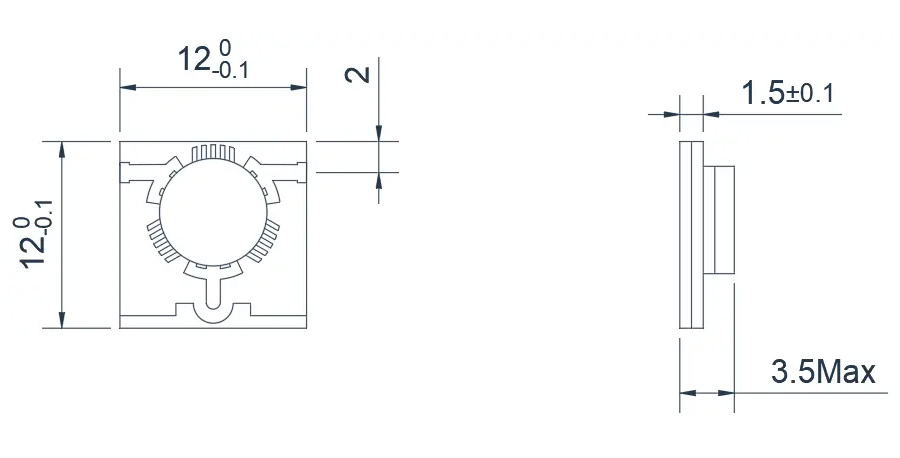
- 5.0~8.0GHz Typical Microstrip 'T' junction Isolator
-

- 7.0~9.5GHz Typical Microstrip 'T' junction Isolator
-
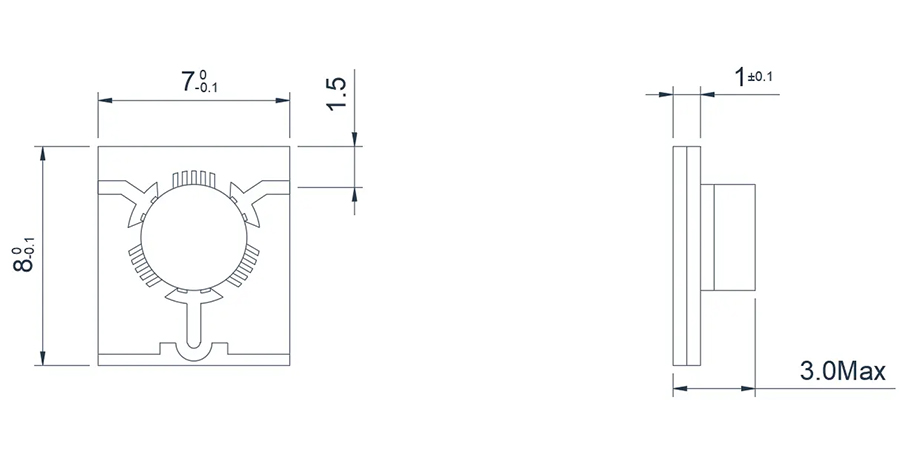
- 8.0~18.0GHz Typical Microstrip 'T' junction Isolator
-
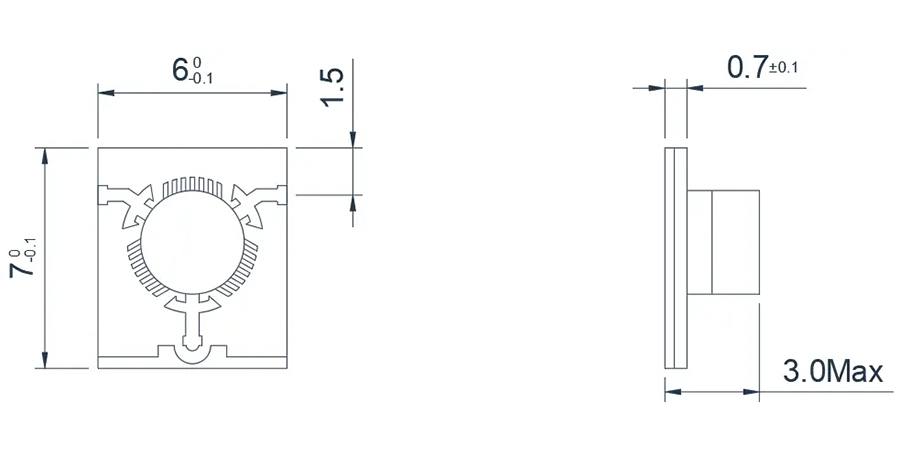
- 14.0~20.0GHz Typical Microstrip 'T' junction Isolator
-
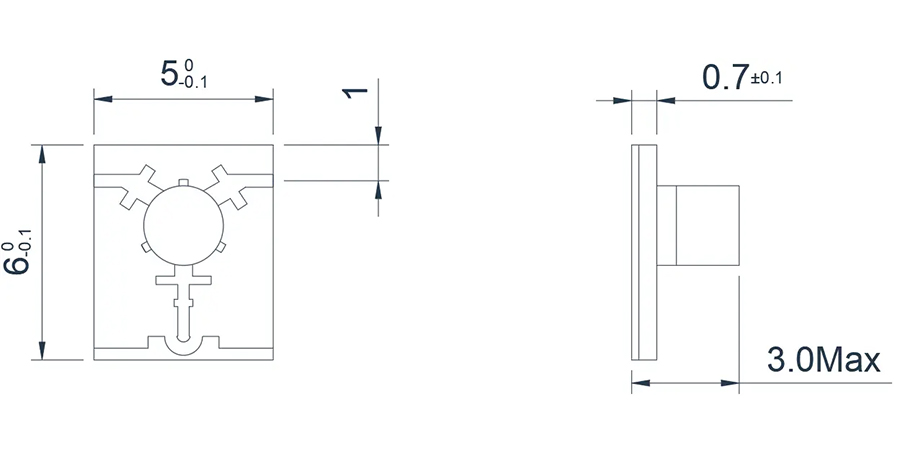
- 18.0~28.0GHz Typical Microstrip 'T' junction Isolator
-

- 28.0~40.0GHz Typical Microstrip 'T' junction Isolator
-
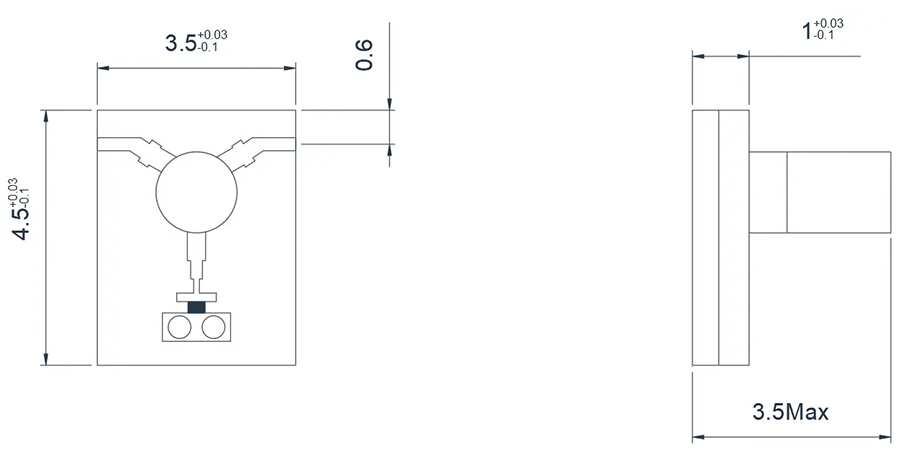
Performance Indicator Curve Graphs for Some Models
The curve graphs serve the purpose of visually presenting the performance indicators of the product. They
offer a comprehensive illustration of various parameters such as frequency response, insertion loss,
isolation, and power handling. These graphs are instrumental in enabling customers to assess and compare the
product's technical specifications, aiding in informed decision-making for their specific requirements.
HMITA27T35G
2.7~4.0GHz
Customization & Selection Guide
- Operating Band: Ensure it covers all frequencies required by your system.
- Power Handling Capacity: Select based on your system's transmit power (average and peak), allowing a certain margin.
- Performance Requirements: Define specific requirements for Insertion Loss, Isolation, and VSWR/Return Loss.
- Interface & Size: Choose a connector type and form factor compatible with your system board layout.
- Environmental Conditions: Consider operating temperature range, vibration, humidity, etc.
- Cost & Delivery: Balance cost and project timeline while meeting performance requirements.
Why Choose Our Product
- Profound Technical Expertise: We have over 18 years of R&D experience in ferrite materials and microwave magnetics.
- Fully Automated Production Lines: Ensure consistent excellence and reliability in every unit.
- Professional Application Support: Our engineering team provides timely technical selection, customization, and failure analysis services.
- Competitive Pricing & Lead Times: Economies of scale from mass production enable us to respond quickly to your orders.
About HzBeat
HzBeat is a leading RF component manufacturer specializing in RF circulators and isolators, as a global supplier of RF circulators and isolators (20MHz–200GHz), we providing microstrip, drop-in, coaxial, and waveguide solutions for communication systems, radar, satellite, and medical imaging.
For detailed technical documentation, sample requests, or customization needs, please do not hesitate to contact us. — we respond within 24 hours to ensure you get precise solutions for your design.
Questions? Feel Free to Reach
Out Via Message.














